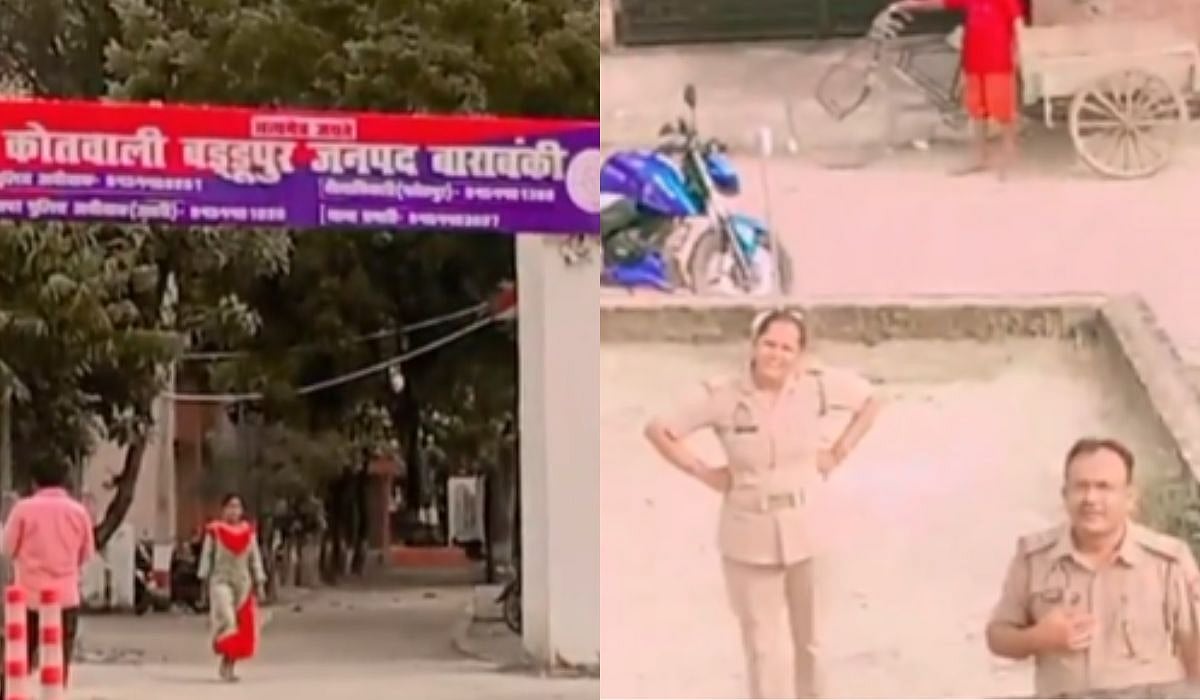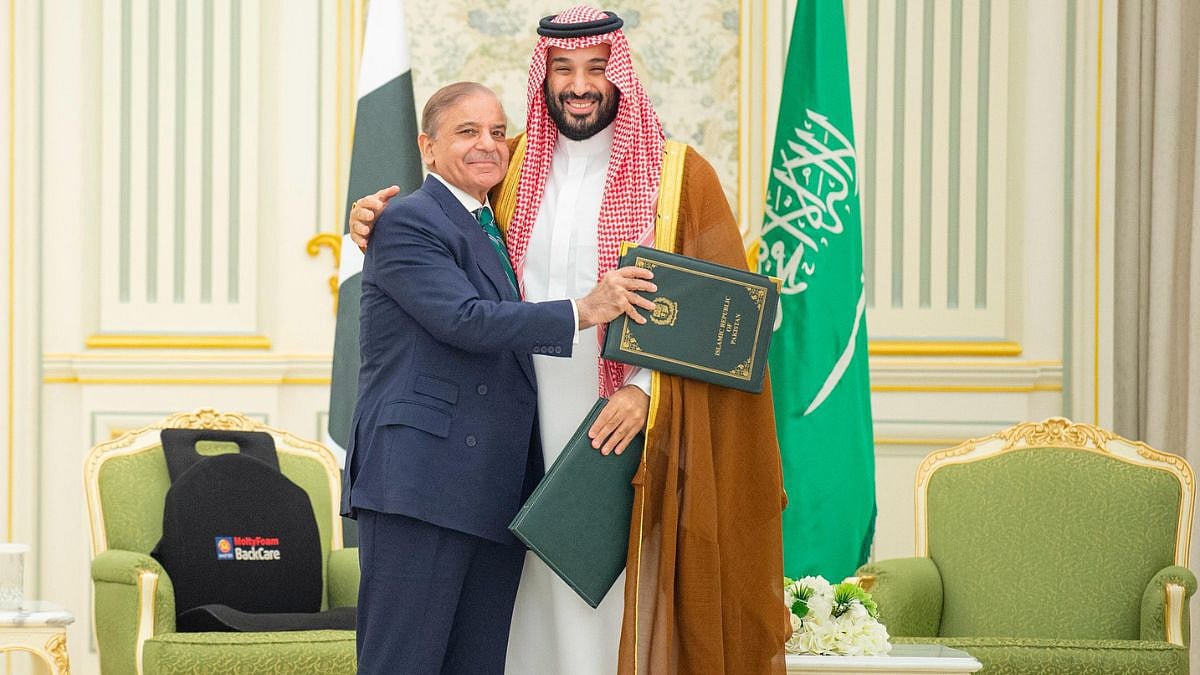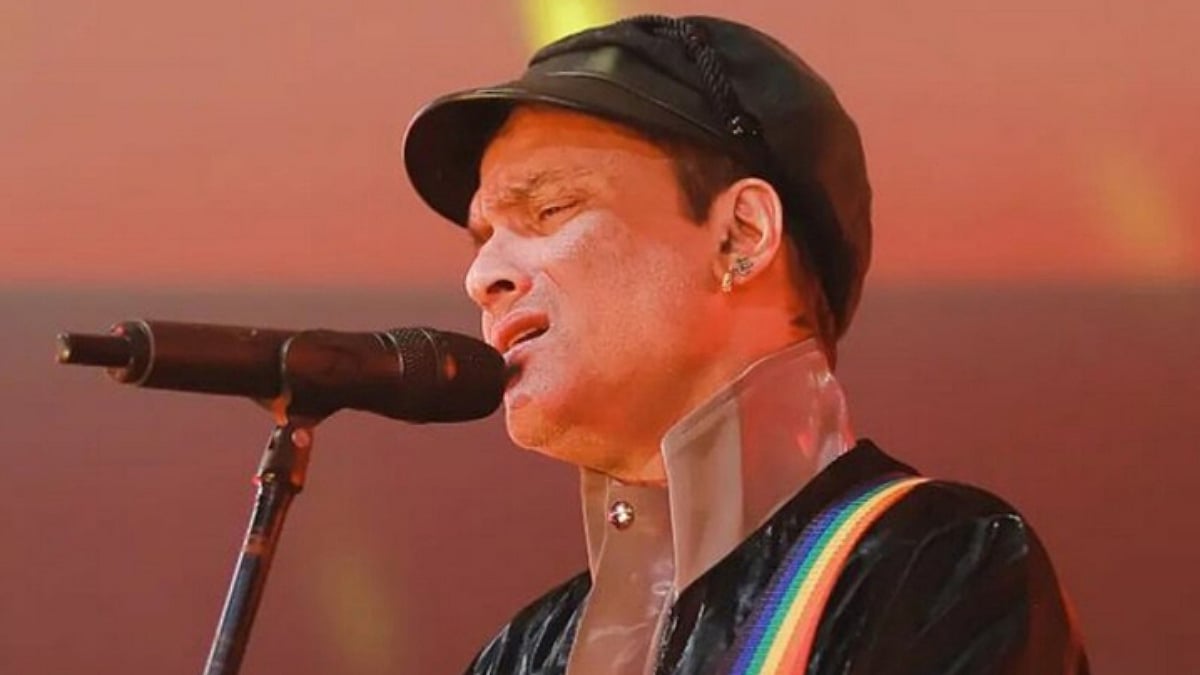At the recently concluded Asia Agri Food Conference in Ho Chi Minh City, several ideas to cement the India-Vietnam partnership in the area of agriculture and agribusiness came to the fore.
The remarkable growth in goods trade between India and Vietnam over the last two decades is worth noting. Vietnam’s impressive strides in the field of electronics is, of course, well recognised.
The trade structure of the two countries is actually complementary. While Vietnam exports industrial, high-tech goods, India’s exports comprise raw materials, agricultural goods and some manufactured goods.
From about US $200 million in early 2000, the value of the bilateral trade increased to $15 billion by 2024. Valued at about $9 billion and up 7.6 per cent year on year, Vietnam’s exports to India comprise mobile phones, computers, electronic products, machinery, equipment, tools, spare parts, telecom instruments, consumer electronics, processed minerals, timber, wood products, rubber, coffee, cashews, seafood, etc.
India’s exports to Vietnam were valued at $5.83 billion in 2024, down 0.6 per cent year on year. Shipments comprised bovine meat, marine products, cotton, cereals, auto components, and pharmaceuticals as well as iron and steel.
Currently, Vietnam enjoys a trade surplus of over $3 billion with India. The long-term goal targets the goods trade between the two countries to reach $20 billion by 2030. This target is eminently achievable and can even be exceeded by building partnerships.
It is in this context that the India-Vietnam Business Meeting held in New Delhi in March 2025 assumes importance. The meeting saw enormous interest in enhancing trade and investment. The focus areas covered included agriculture, IT, AI and robotics.
Indeed, Vietnam is an attractive destination for Indian investment. The areas include energy, mineral exploration, agro-processing, IT and auto components. Indian companies are exploring opportunities in renewable energy and port development in Vietnam.
Importantly, Vietnam’s stable political environment, favourable demographics and strategic location along major shipping routes make it a promising partner for India. For Vietnam, India’s large and growing middle class and its customs duty exemptions for ASEAN products offer a big scope for Vietnamese exports.
As two rapidly growing Asian economies, India and Vietnam must build an enduring partnership for sustained growth in sustainable ways. Ideally, this partnership must stand on four pillars—trade, investment, joint research and technology exchange.
While trade is important, building a relationship based merely on trade would be a transactional relationship. Such a relationship usually tends to be fragile and prone to disturbance for varied reasons, including geopolitics. For the sake of stability, the relationship must go well beyond trade. It must cover bilateral investment, joint research and tech exchange for mutual benefit.

This is particularly critical at the current juncture, as Vietnam is among the Asian countries affected by Trump tariffs. While Vietnam is in talks with the US for an amicable resolution of the tariff tangle, China is an important trading partner from where Vietnam sources lots of inputs. This can potentially make it difficult for Vietnam to wrest concessions from the US. This has created a dilemma, and in a manner of speaking, Vietnam finds itself sandwiched between the US and China or between a rock and a hard place.
It is in this situation that Vietnam needs reliable allies. India can be one.
To meet its growing feed needs, Vietnam imports over five million tonnes of wheat and about 13 million tonnes of coarse grains, mainly corn or maize. Cotton consumption, too, is rising with imports recorded at over 7 million bales. India has an opportunity to maximise its cotton and wheat exports to Vietnam. It can help reduce the existing trade deficit.
G. Chandrashekhar is an economist, senior journalist and policy commentator specialising in agribusiness and commodity markets. This article is a summary of his recent keynote speech in Ho Chi Minh City during Asia Agri Food Summit. Views are personal. He serves as an Independent Director on corporate boards.










